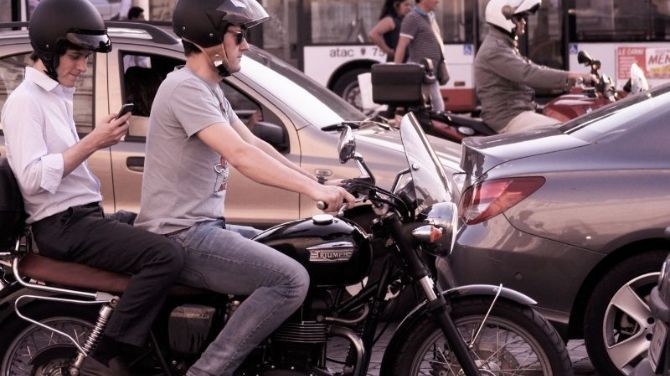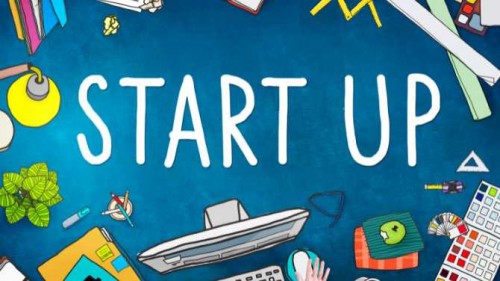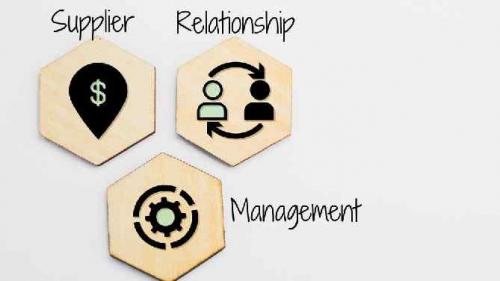Riding a motorcycle involves much more than functioning as a means of transportation; it's a thrilling journey that offers an unmatched sense of freedom and a deep connection with the road surface. If you're a novice enthusiastic about embracing the realm of motorcycle riding, you're on the cusp of commencing a thrilling voyage. This handbook will lead you through fundamental stages, from obtaining your motorcycle license to refining your riding abilities, as you set out to conquer the craft of motorcycle riding.
Getting Started: Motorcycle License Victoria
You need to obtain a valid motorcycle license before you can hit the open road on two wheels. In Victoria, Australia, this process is well-structured and essential for your safety and the safety of others on the road. The Victoria motorcycle license process involves a series of steps:
Learner Permit: To start, you'll need to obtain a learner permit, which allows you to ride under certain restrictions. This permit requires you to complete a written test that evaluates your knowledge of road rules and motorcycle safety.
Developing Skills: Enrolling in a reputable motorcycle training course is recommended during the learner permit phase. These courses provide valuable hands-on training, teaching you the basics of riding, handling, and road awareness.
Provisional License: After gaining experience with your learner permit, you can progress to a temporary license. This stage involves a practical riding assessment to ensure you can navigate various road situations confidently.
Remember, each stage of the licensing process is designed to help you build skills progressively, ensuring your safety and competence as a motorcycle rider.
Gearing Up for Safety
Before you rev up your engine, it's crucial to gear up for safety. Motorcycle riding leaves you exposed to the elements, making proper protective gear a must. Here's a rundown of essential safety gear:
Helmet: A high-quality, properly fitting helmet is your best defense against head injuries. Look for helmets that meet Australian safety standards and offer optimal comfort.
Protective Clothing: Invest in durable, abrasion-resistant clothing like leather or textile jackets and pants. These shield you from road rash in case of a fall and provide added protection against the weather.
Gloves: Sturdy gloves enhance your grip on the handlebars and safeguard your hands in case of a slide or impact.
Footwear: Sturdy, over-the-ankle boots protect your feet and ankles, which are crucial for maintaining motorcycle control.
Eye Protection: Whether it's a helmet visor or separate goggles, eye protection keeps debris, wind, and bugs out of your eyes, ensuring clear vision throughout your ride.
Ear Protection: Alongside eye protection, consider using earplugs or specially designed ear protection to reduce wind noise and protect your hearing during extended rides.
Full-Face vs. Open-Face Helmet: While a full-face helmet provides the most protection, some riders prefer open-face helmets for better visibility and airflow. Ensure your choice complies with Australian safety standards.
Armor: Many modern riding jackets and pants come with built-in armor at critical impact areas like the shoulders, elbows, knees, and hips. This added protection can significantly reduce the risk of injury in a crash.
Reflective Gear: Opt for gear with reflective materials or add reflective strips to enhance your visibility to other road users, especially during low-light conditions.
Layering: Consider layering your clothing, especially in fluctuating weather conditions. This allows you to adjust for temperature changes during your ride.
The Art of Riding Safely
Once you've obtained your motorcycle license and equipped yourself with the right gear, you must master the art of riding safely. Here are some essential tips for beginners:
Start Small: Begin with a motorcycle suitable for beginners. A smaller engine size and lighter weight make it easier to handle as you build your skills.
Practice, Practice, Practice: Find an empty parking lot or quiet road to practice basic maneuvers such as turning, braking, and slow-speed control. Regular practice hones your muscle memory and boosts your confidence.
Stay Alert: Defensive riding is vital. Always be aware of your surroundings, anticipate the actions of other road users, and keep a safe distance from other vehicles.
Obey Speed Limits: Speeding is a leading cause of accidents. Stick to the speed limits and adjust your speed based on road conditions.
Mastering Intersections: Intersections can be tricky. Always scan the intersection before proceeding, and never assume that other drivers have seen you.
Ride in All Conditions: As you gain experience, practice riding in various weather conditions. Rain, wind, and different road surfaces can affect your bike's handling, and being prepared is essential.
The Ongoing Journey of Learning
Becoming a skilled motorcycle rider is an ongoing journey. Even after you've obtained your motorcycle license, there's always more to learn. Consider advanced riding courses to enhance your skills further. These courses focus on defensive riding techniques, progressive cornering, emergency braking, and more.
Conclusion
Mastering the art of motorcycle riding is a rewarding endeavor that requires dedication, practice, and a commitment to safety. From obtaining your motorcycle license Victoria to continuously improving your riding skills, each step brings you closer to the exhilarating freedom of the open road. Safety should always be a priority, and investing in proper training and gear sets the foundation for a lifelong journey of safe and enjoyable motorcycle riding. So gear up, stay informed, and let the adventure begin with Stay Upright.









